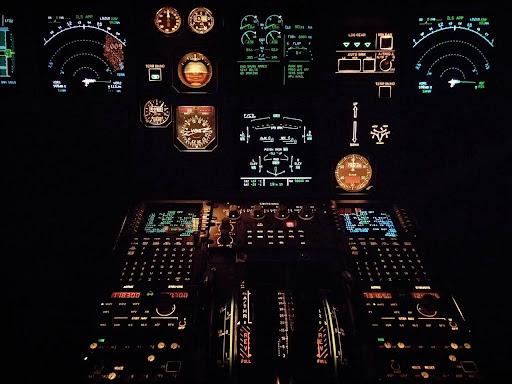In an emergency, pilots rely on multiple systems to maintain control and ensure passenger safety. Airplane batteries play an important role in supporting these systems when primary power sources fail. When pilots most need it, advanced battery technology in airplanes offers vital assistance for navigation, communications, and basic flight controls—which is necessary backup power. This guide investigates how modern battery technology assists pilots in saving lives, particularly in high-risk situations.
Ensuring Reliable Power for Essential Flight Controls
Aircraft batteries are designed to provide electricity to vital flight controls in case of a main power failure, therefore enabling pilots to retain maneuverability and stability. For controlled flight, these batteries are built to manage power-intensive systems like hydraulic controls and computerized flight management systems. Modern aircraft batteries, particularly Teledyne Battery Products, are designed for high reliability, delivering the robust and consistent power output required to keep control systems operational. Reliable battery backup allows pilots to safely negotiate the aircraft to a specified landing zone, ensuring that important systems remain operational even under demanding conditions.
Supporting Communication Systems for Emergency Response Coordination
Clear communication with air traffic control and emergency reaction teams is essential during emergencies. In an emergency, these systems are especially important as ground control’s real-time updates help pilots have the direction they need to handle the condition. Whether pilots are informing passengers and crew on safety precautions or working with rescue teams, backup battery power helps them successfully communicate.
Enabling Emergency Lighting to Aid Passenger Evacuation
Aircraft batteries are essential for powering emergency lighting and guiding passengers during an evacuation. Emergency lights illuminate pathways, exits, and signs in the case of a power outage, therefore lowering the possibility of confusion and panic. Usually surpassing legal criteria to provide a safe escape, this lighting system is run by batteries especially meant to endure long enough to assist evacuation processes. For pilots and crew, the availability of emergency lighting is a reassuring aspect of battery support because it allows for orderly and efficient passenger movement in low-visibility conditions. Emergency lighting is a critical component of contemporary battery technology since adequate illumination is essential for directing everyone safely off the aircraft.
Powering Essential Navigation Instruments for Safe Guidance
Even under difficult circumstances, navigation equipment needs a constant power source to enable pilots to navigate the aircraft safely. Aircraft batteries provide electricity to fundamental navigation instruments such as altimeters, GPS systems, and artificial horizons when major power sources are disrupted. Regardless of visibility or temperature, this helps pilots to maintain situational awareness and control. Batteries provide pilots with the information they need to figure out the safest path to an emergency landing site by stabilizing navigation systems. Pilots can make informed decisions that guarantee a controlled descent in critical conditions and keep passengers safe by means of consistent navigation assistance.
Supporting Auxiliary Power for Engine Restarts
In certain situations, an engine restart may be required to regain power and control. A feature that may significantly impact recovery operations is the auxiliary power aircraft batteries can provide to restart an engine mid-flight. In order to start engine operations when primary systems are not available, modern batteries are made to deliver high-power bursts. Pilots can potentially stabilize the situation and regain control by using this restart capability, which provides them with an extra tool to restore power. When engine power loss is temporary, this battery assistance can be extremely beneficial because it provides a second opportunity to reach a safe landing and safeguard those on board.
Conclusion
With these advanced battery features, pilots can manage emergencies with precision and preparedness, protecting passengers and ensuring a safe outcome. Modern battery technology not only provides crucial flight controls but also drives necessary systems maintaining communication and navigation when primary sources are compromised. This technology offers pilots an invaluable safety net, allowing them to make quick, confident decisions in challenging scenarios.


